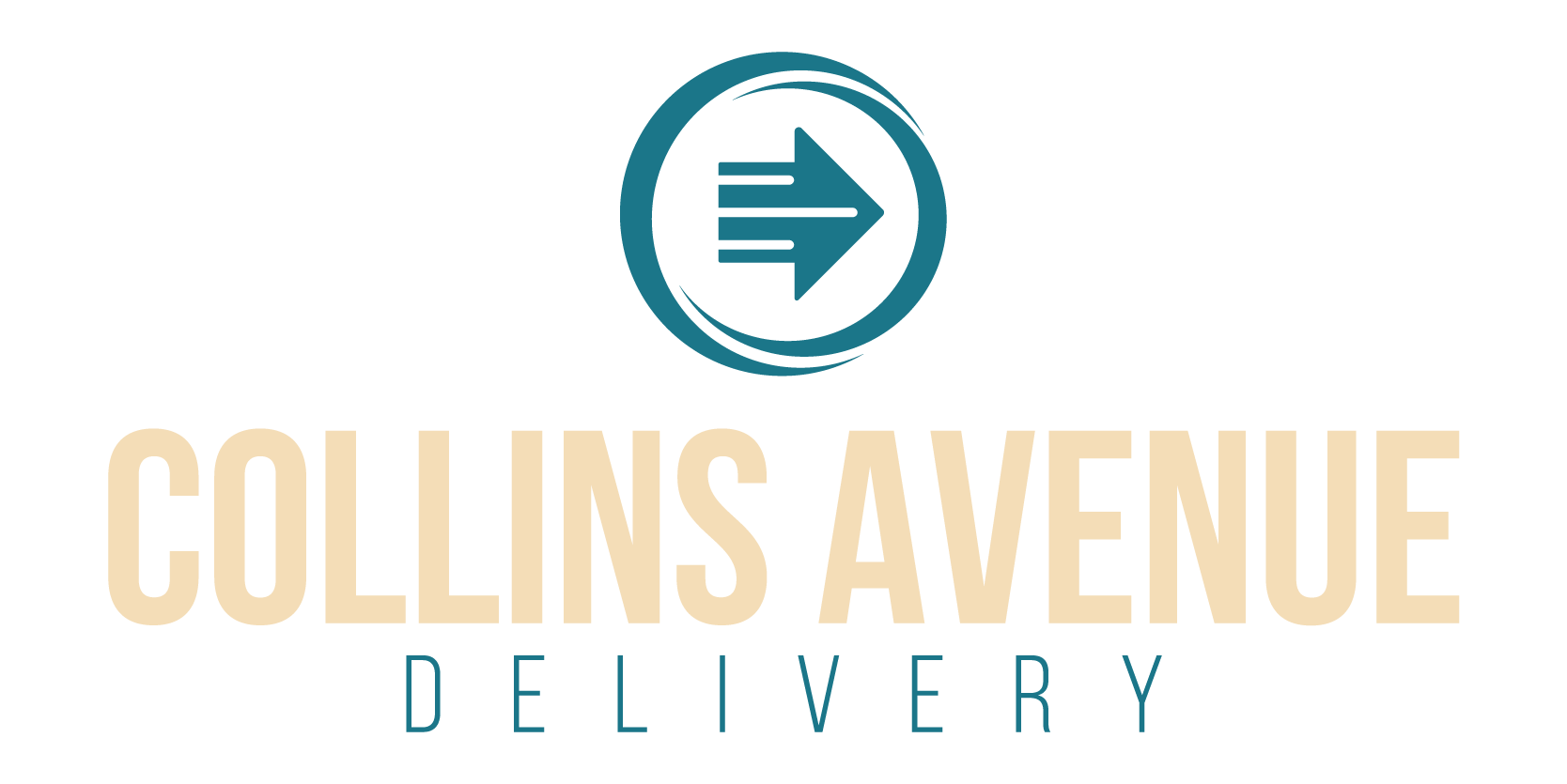Navigating cannabis product labels can be overwhelming, especially when ordering online. Understanding these labels is crucial for making informed decisions about your medical marijuana purchases. Here’s a comprehensive guide to help you decode cannabis product labels in Florida.
Product Identification
- Strain Name & Type: Labels typically display the strain name (e.g., “Blue Dream”) and its classification—Indica, Sativa, or Hybrid. This information helps predict the potential effects of the product.
- Product Form: Indicates the form of cannabis, such as flower, vape cartridge, edible, tincture, or topical.
- Net Weight or Volume: Specifies the quantity of the product, usually in grams (g), milligrams (mg), or milliliters (ml).
Cannabinoid Content
- THC & CBD Levels: Labels show the concentration of THC (tetrahydrocannabinol) and CBD (cannabidiol), either as a percentage or in milligrams. For example, a flower might have 20% THC, while an edible could contain 10 mg THC per serving.
- THCA & CBDA: These are the acidic precursors to THC and CBD. THCA converts to THC when heated, affecting the potency of smoked or vaped products.
Terpene Profile
Terpenes are aromatic compounds that contribute to the flavor and effects of cannabis. Common terpenes include:
- Myrcene: May promote relaxation.
- Limonene: Often associated with elevated mood.
- Caryophyllene: Known for potential anti-inflammatory properties.
Not all labels list terpenes, but when available, this information can guide your selection based on desired effects.
Dosage and Serving Size
- Per Serving: Edibles and tinctures indicate the amount of THC/CBD per serving (e.g., 10 mg THC per gummy).
- Total Content: The total amount of cannabinoids in the entire product package.
Start with a low dose, especially if you’re new to cannabis, and wait to assess the effects before consuming more.
Batch Information and Testing
- Batch Number: A unique identifier for the product batch, useful for tracking and quality control.
- Testing Date: Indicates when the product was tested for potency and contaminants.
- Laboratory: The name of the certified lab that conducted the testing.
This information ensures the product meets safety and quality standards.
Expiration and Storage
- Expiration Date: Ensures product potency and safety.
- Storage Instructions: Guidelines to maintain product quality, such as “store in a cool, dry place.”
Legal and Safety Information
Florida regulations require specific warnings on cannabis product labels:
- Child Safety: “Keep out of reach of children.”
- Transfer Warning: “It is illegal to transfer medical marijuana to another person.”
- Health Risks: Warnings about potential health risks, especially for pregnant or breastfeeding women.
- Universal Symbol: A state-mandated symbol indicating the product contains cannabis.
Additionally, packaging must be plain, opaque, white, and child-resistant, with no images other than the dispensary’s approved logo and the universal symbol.
Ingredients and Allergens
For edibles and tinctures, labels list all ingredients, highlighting common allergens like nuts, dairy, or soy. This information is vital for those with dietary restrictions or allergies.
QR Codes and Certificates of Analysis (COA)
Many products feature a QR code linking to a COA, providing detailed information on:
- Cannabinoid and Terpene Profiles: Detailed breakdowns of active compounds.
- Contaminant Testing: Results for pesticides, heavy metals, and microbial content.
Reviewing the COA ensures transparency and product safety.
Final Tips
- Consult Professionals: If unsure, consult with dispensary staff or healthcare providers.
- Start Low and Go Slow: Begin with a low dose to gauge your body’s response.
- Stay Informed: Regularly check for updates on Florida’s cannabis regulations to ensure compliance and safety.
Understanding cannabis product labels empowers you to make informed choices, ensuring a safe and effective experience.
Discover More: First-Time Perks: Where to Find the Best Dispensary Discounts Near Collins Avenue in Miami

